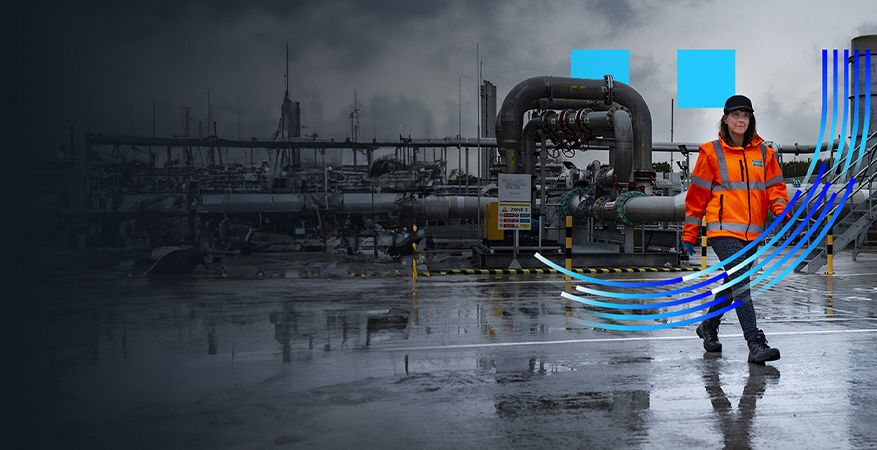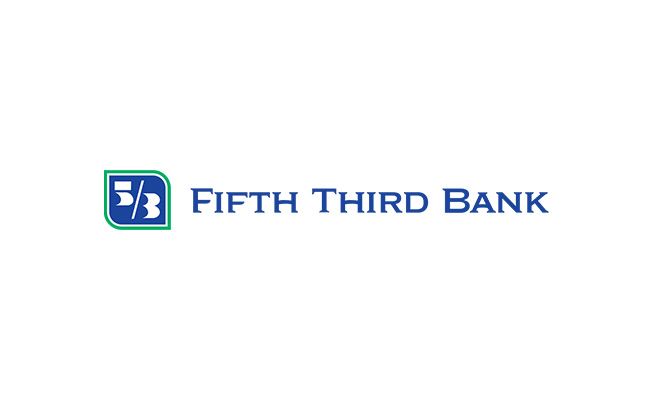Customer Profile
About
Utility Warehouse (UW) is the UK’s leading multiservice utility provider. UW offers customers a range of products and services through one account. Customers can choose energy, mobile, broadband, insurance and a cashback card and can get discounts when they take multiple services. UW acquires its customers through a network of Partners across the country. These Partners recommend UW’s services to friends, family and people they know.
Industry
Utilities, Financial Services
Location
Headquartered in London, England
Goals
- Improve forecasting accuracy
- Improve employee satisfaction and retention
- Increase first-call resolution
- Realize efficiencies through agent self-service
Features
- Advanced forecasting with proper multiskilled agent simulation
- Agent self-service for holiday scheduling and schedule swaps
- Single-entry solution
- Native Genesys integration
- HR solution (Bamboo) integration
The before
Manual and limited workforce management practices
UW has historically used two different workforce management systems (WFM), the most recent of which was unable to provide the most up to date and sophisticated forecast analysis, support for the multiskilled structure UW follows and limited agent self-service functionality. A team of three administrators was needed to process schedule requests from the 1,200+ agents working with UW, often requiring double or triple entries in three different systems.
Desire to change
A drag on strong growth
After years of steady-state operation, the 2020s have brought years of double-digit percentage growth to UW, with more than three million services now being provided to over one million customers. This strained the installed WFM solution, which lacked automated holiday scheduling, rules-based schedule swaps, and other modern conveniences. Administrators created multiple spreadsheets for re-entry into payroll and HR systems, which was cumbersome and error-prone. “We had a very difficult three years using the previous workforce management platform,” said Dorota Tual, Senior Resource Planning Manager at Utility
Warehouse. Not only was the WFM solution driving higher costs and limiting agent and team leader flexibility, but the system also didn’t reflect UW’s complex environment. The UW contact centre employs multi skilled advisors and uses call overflow capabilities between different business areas to keep service levels up and smooth out volume between teams. “The old tool was not able to reflect our complex call routing decisions,” Tual said.
These limitations forced UW to use many different spreadsheets and other manual processes to even come close to a workable schedule. The manual processes and redundant entries amplified the risk of errors. Tual continued, “Just scheduling around the engagement-focused team exercises the company was making more popular caused the WFM team to spend five hours a week manually scheduling.”
The solution
Modernizing on NICE IEX Workforce Management
UW selected NICE Workforce Management to replace its incumbent solution, and after an aggressive project timeline, went live in August 2023. The solution was chosen for its native integration with the Genesys telephony system and for a wide range of features that facilitate greater flexibility and accommodation for agent requests that were previously difficult or impossible to grant. “Before, we were in a position where we were forced very often to say ‘no’ to simple requests like being able to take breaks with other members of your team,” Tual said.
NICE API integration enables UW to keep data current and accurate between the contact centre and several crucial enterprise systems, including their human resources platform. Integration also delivers an intraday data feed from UW’s approximately 250 outsourced agents, which was previously opaque to workforce planners. “We’ve gone from two-dimensional, black-and-white scheduling to three-dimensional colour. That’s how I’d describe it,” Tual said.
“We’re not wasting anybody’s time and money, which runs to our ethos as a company.” Agents can now conduct their own schedule swaps, set personal day-off preferences and request holidays. Because requests are approved on clearly defined and automated rules, answers are delivered more quickly and without the appearance of unfairness or confusion. Team leaders now have better control over the agents under their supervision and can build greater cohesion.
UW’s internal communications team joined the resource planning team in creating events and excitement around the launch of NICE Workforce Management, including small-group huddles and competitions. “One of the things I’m proudest of is the size of the team that came together to make it happen, with good ideas and positive changes that made this all work really well. It was hard work, but not painful work,” Tual said. “In terms of the size and scale of this project, we absolutely smashed it.”
The results
A rapid turnaround in efficiency, retention, and clarity
Shortly after launch, UW realised several improvements in key cost and efficiency metrics with NICE Workforce Management. Forecast accuracy (expressed as mean absolute percentage error, or MAPE) has improved 11%. In addition to providing a more stable answer rate for agents, greater forecast accuracy improves the agent experience. “That increase in MAPE gives agents more faith in our schedules and more confidence that things aren’t suddenly going to go wrong because we’re predicting the right numbers of calls at the right times,” Tual said.
In previous exit interviews, several agents cited scheduling inflexibility and a lack of workplace autonomy as factors in their departure. Improved WFM capabilities have helped UW reduce attrition by 11% and cut absenteeism by 7%. Anecdotally, several agents sent thank-you letters to the workforce management team for the new and improved capabilities, and UW sees about 1,000 monthly interactions with lunch or break schedule change tools. “Better forecasts make for better schedules, and that makes us more effective, more efficient, and more present for our customers when they need us,” Tual said. “And our agents are past the idea of our resource planning team being the ‘contact centre police’ that says no to everything.”
Automation and consistency have enabled UW to adjust WFM administrative staffing, saving £100,000 annually and reallocating WFM analysts to more productive work. “Our analysts can concentrate on more value-added activities and have taken additional departments under our planning umbrella, so, the new WFM solution is helping us build a more structure.”
The future
A powerful and stable platform for growth and maturity
The granular control NICE Workforce Management provides over the implementation of new features means that UW can quickly scale such experiments up or down as results indicate. “We have a system in place that enables us to be as brave as we want to be, and that’s transformative for us as a business,” Tual said.







